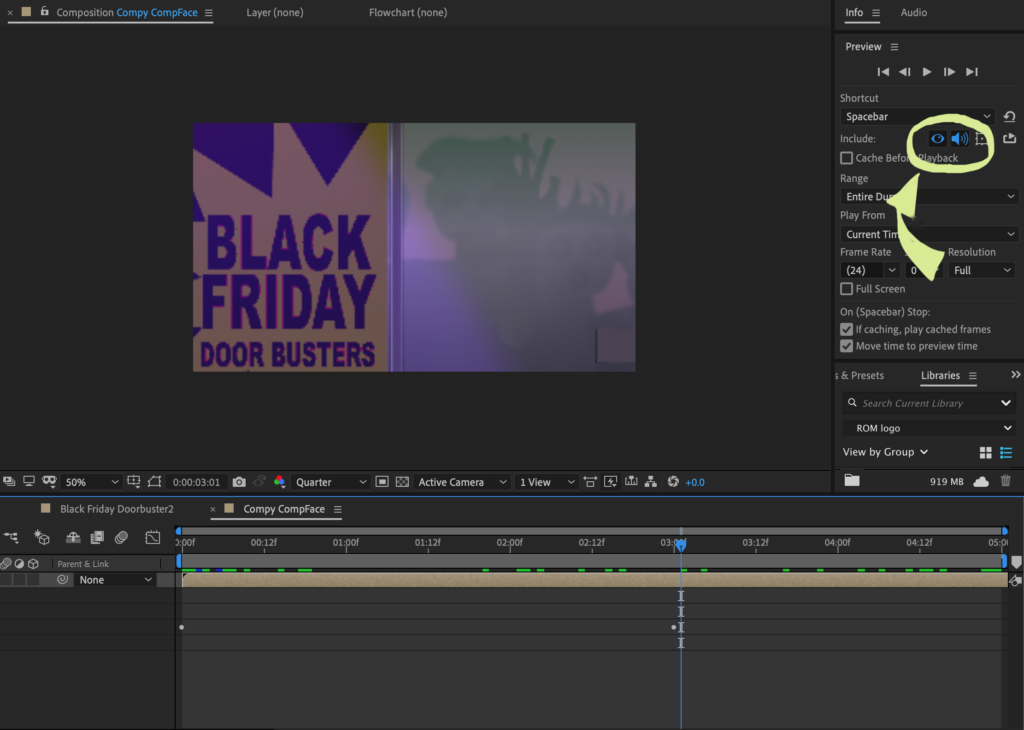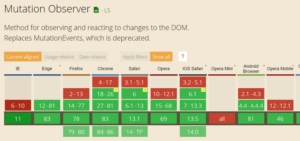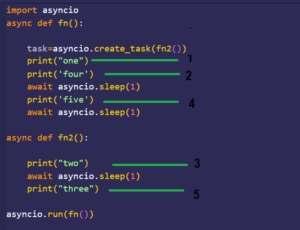Navigating the Real-Time Preview Conundrum: Addressing the Lack of Real-Time Preview Options in Adobe After Effects

Adobe After Effects stands as a pinnacle in the realm of motion graphics, visual effects, and animation, offering unparalleled creative capabilities to its users. However, one persistent challenge that often plagues users is the lack of robust real-time preview options within the software. In this exhaustive exploration, we delve into the complexities surrounding the absence of real-time preview in Adobe After Effects, examining its implications, frustrations, and potential solutions.
Understanding the Lack of Real-Time Preview:
Real-time preview, the ability to instantly see changes made to a composition or effect as they occur, is a highly desirable feature in any creative software. However, Adobe After Effects, despite its extensive capabilities, does not offer comprehensive real-time preview options. Instead, users often rely on less-than-ideal methods, such as RAM previewing or rendering, to preview their work, leading to inefficiencies and frustrations.
Challenges and Frustrations:
- Workflow Disruption: The lack of real-time preview disrupts the creative workflow, forcing users to frequently interrupt their work to initiate RAM previews or render sequences to see the effects of their changes.
- Time Consuming: RAM previewing and rendering can be time-consuming processes, particularly for complex compositions or effects, slowing down productivity and hindering experimentation.
- Inaccurate Representations: Without real-time preview options, users may struggle to accurately visualize the final result of their work, leading to discrepancies between the preview and the rendered output.
- Creative Limitations: The absence of real-time preview can impose creative limitations, as users may hesitate to experiment with new ideas or effects due to the time and effort required to see the results.
- Performance Bottlenecks: RAM previewing and rendering processes can strain system resources, causing performance bottlenecks and slowdowns, particularly on less powerful hardware.
Potential Solutions and Workarounds:
- Improved Hardware Support: Adobe could enhance After Effects to better leverage modern hardware capabilities, such as GPU acceleration, to provide smoother real-time previews.
- Optimized Rendering Engine: A more efficient rendering engine in After Effects could reduce render times and enable faster previews without sacrificing quality.
- Enhanced RAM Preview Options: Adobe could introduce enhancements to the RAM preview feature, allowing for faster previews of complex compositions and effects.
- Integration with External Tools: Integration with external tools or plugins that offer real-time preview options could provide users with additional flexibility and efficiency in their workflows.
- User Feedback and Advocacy: Continued feedback from users and advocacy for real-time preview options within After Effects can drive Adobe to prioritize and implement improvements in future releases.
In Conclusion:
The lack of real-time preview options in Adobe After Effects remains a persistent challenge for users, impacting workflow efficiency, creative experimentation, and overall productivity. While workarounds exist, such as RAM previewing and rendering, they fall short of providing the seamless, instantaneous feedback that real-time preview offers. However, with continued advocacy, feedback, and advancements in software technology, there is hope for improved real-time preview options in future iterations of After Effects. Until then, users must navigate the complexities of the current limitations, finding creative solutions and workarounds to achieve their artistic visions in Adobe After Effects.




